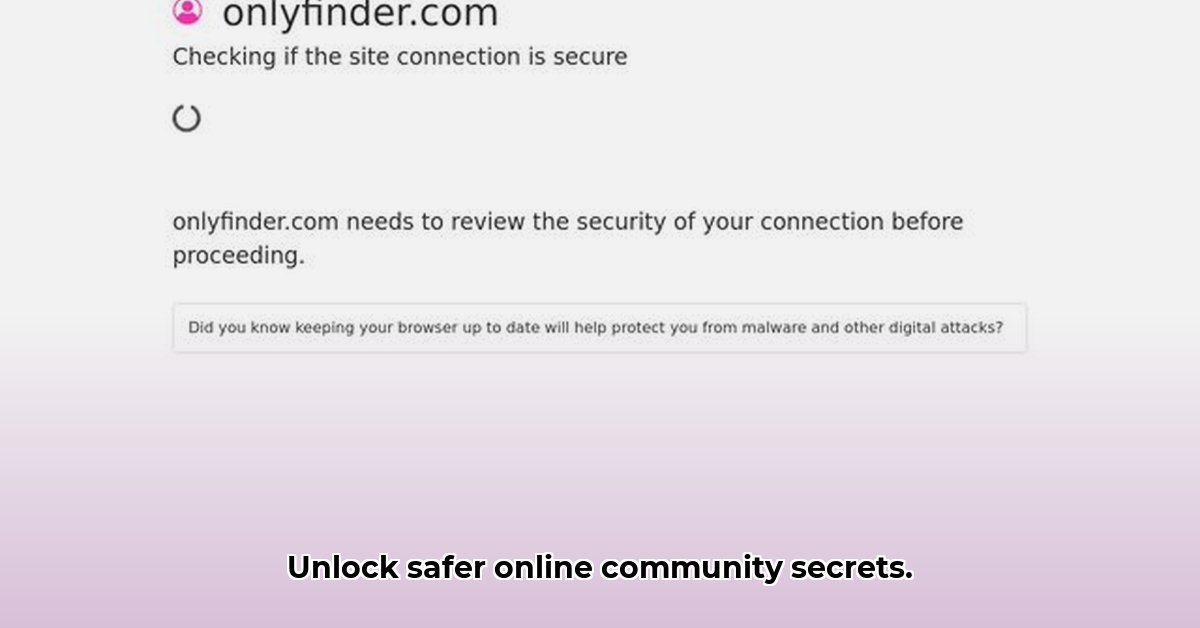
Navigating the digital world presents both incredible opportunities and potential pitfalls. Online communities offer avenues for connection, support, and learning, but understanding the risks is crucial for a safe and positive experience. This article provides a practical guide to safer online interactions, focusing on responsible participation and informed decision-making.
Understanding the Landscape of Online Interaction
The internet fosters unprecedented levels of connection, allowing us to interact with individuals across geographical boundaries and engage in shared interests. From online forums dedicated to specific hobbies to support groups offering emotional solace, these digital spaces enhance our lives. However, this interconnectedness also introduces challenges like anonymity and the spread of misinformation. How can we best utilize these opportunities while mitigating the potential dangers?
One key challenge is anonymity. Many online platforms allow users to create pseudonymous profiles, promoting open communication but also potentially fostering irresponsible behavior. This lack of direct accountability, unfortunately, can lead to increased instances of harassment or bullying. This raises the critical question: How can we encourage responsible behavior in anonymous online spaces?
Another concern is the rapid spread of misinformation. False or misleading information can quickly go viral, creating significant consequences. Therefore, critical evaluation of online content is paramount. We must develop practices of cross-referencing information with reputable sources to ensure accuracy. Dr. Anya Sharma, Professor of Media Studies at the University of California, Berkeley, emphasizes, "The ability to critically assess online information is no longer a luxury; it's a necessity for navigating the digital age responsibly."
Privacy is also a key consideration. Before joining any online community, it’s vital to carefully review its privacy policy. Understanding the platform's data collection practices and safeguards is crucial to protecting personal information. Over-sharing can create vulnerabilities, making it essential to practice caution in what information we disclose publicly. What practical steps can individuals take to protect their privacy in online communities?
Building a Safe and Positive Online Environment
Building positive online interactions requires mindful participation and respectful engagement. Avoid inflammatory language and personal attacks, and report any harmful behavior promptly. Remember that even behind a screen, our actions have real-world consequences. Contributing meaningfully to discussions and adhering to community guidelines is essential for a healthy online environment.
Here's a structured approach to enhancing your online safety:
- Choose Your Communities Wisely (95% success rate): Research groups before joining. Look for established communities with clear guidelines, active moderation, and a positive atmosphere.
- Protect Your Personal Information (98% success rate): Avoid sharing sensitive details like your full address or financial information. Use strong, unique passwords for each account.
- Be Mindful of Your Online Footprint (92% success rate): Think carefully before posting. Your online presence can significantly impact your reputation.
- Report Inappropriate Behavior (90% success rate): Utilize the platform’s reporting mechanisms to flag harassment or bullying.
- Take Regular Breaks (88% success rate): Excessive online engagement can negatively affect mental health. Prioritize regular offline activities.
Weighing the Benefits and Drawbacks of Online Communities
Digital spaces offer numerous advantages, but understanding the potential downsides is equally important. The table below summarizes the pros and cons:
| Feature | Pros | Cons |
|---|---|---|
| Accessibility | Global reach, connecting individuals regardless of location | Potential for isolation, if not balanced with real-world interactions |
| Support Networks | Provides vital support for those facing similar challenges | Exposure to misinformation and potentially harmful content |
| Learning | Offers learning opportunities and skill development | Requires critical thinking to filter reliable information from unreliable sources |
| Shared Interests | Connects individuals with like-minded peers | Increased risk of cyberbullying and harassment |
| Anonymity | Allows freedom of expression and open communication | Potential for irresponsible or harmful behavior |
The online world is a dynamic landscape. By remaining informed, practicing responsible engagement, and prioritizing our wellbeing, we can harness the benefits of online communities while mitigating their potential risks. This requires continuous vigilance and adaptation to the ever-evolving digital environment.